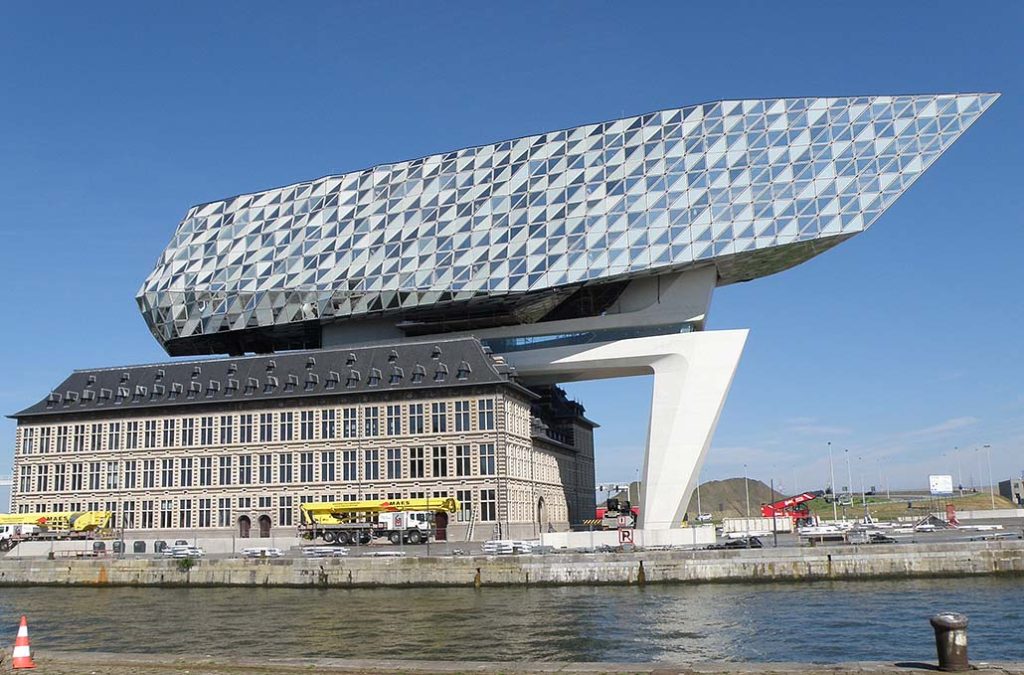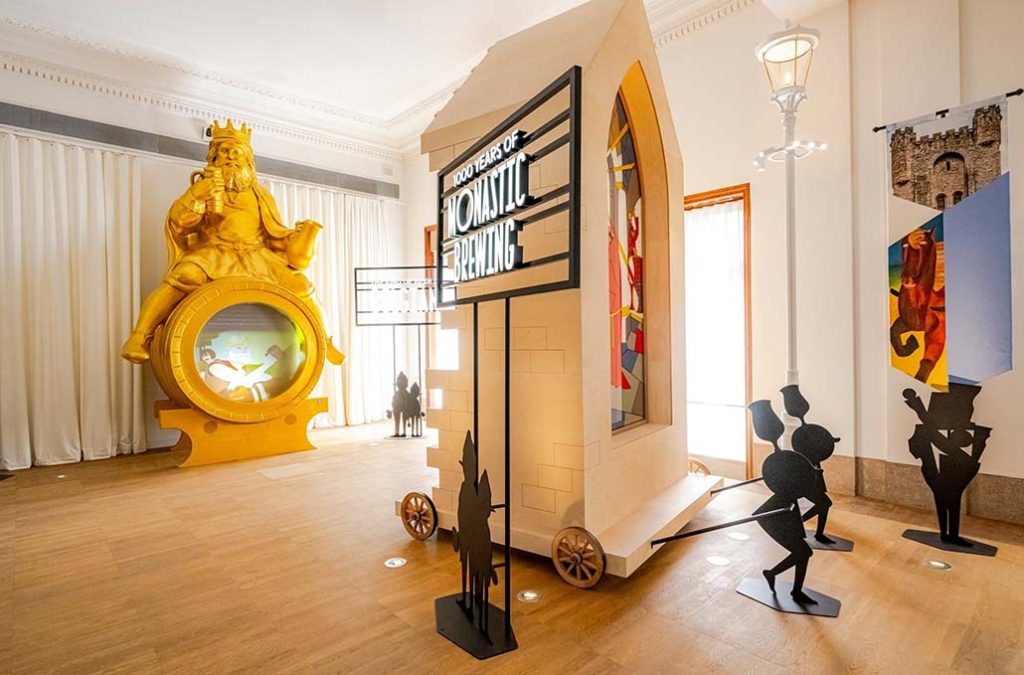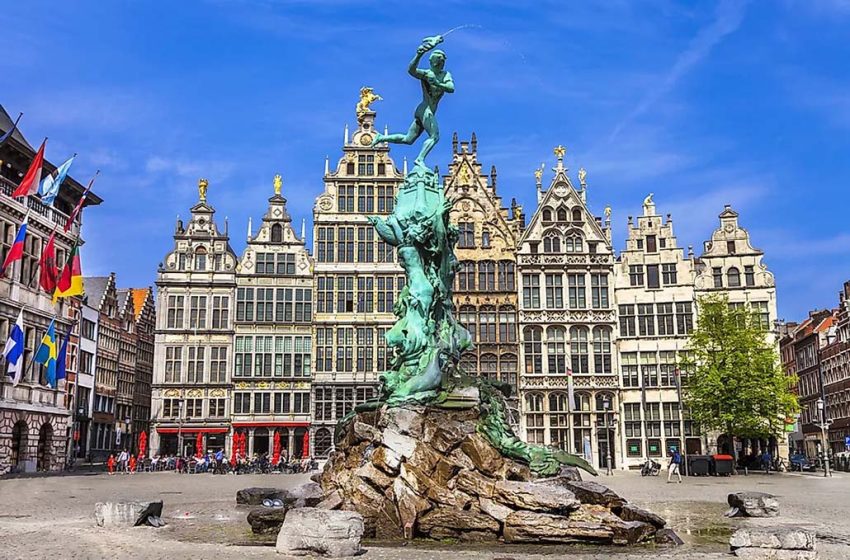Belgium, often hailed as the “heart of Europe,” captivates visitors with its unique history, rich culture, and charming landscapes. Among the many delightful cities in Belgium, Antwerp and Leuven are ideal destinations for a weekend trip. These two cities offer distinct experiences, blending historical significance with modern appeal. This guide will provide a detailed exploration of how to make the most of your weekend visit to these cities, including Antwerp’s historical center and port area, as well as Leuven’s attractions and activities.
1. Overview of Antwerp
Historical Background
Antwerp, located in the Flanders region of Belgium, is a city rich in history and culture. It was once a major commercial hub and cultural melting pot during the 16th century, particularly known for its significant role during the Age of Exploration. The city’s historical significance is evident in its preserved architecture and museums, which reflect its prominence in art, trade, and maritime activities.
Cultural and Charismatic Appeal
Antwerp is renowned for its distinctive architectural styles, rich artistic heritage, and vibrant fashion and design scene. The city boasts world-class art collections, stunning architecture, and friendly locals. Its historical center remains well-preserved, with numerous museums and art galleries showcasing Antwerp’s contributions to art, design, and commerce. Meanwhile, the port area represents the city’s modern industrial achievements, creating a fascinating contrast between the old and the new.
2. Antwerp’s Historical Center
Antwerp Central Station
Antwerp Central Station (Antwerp Centraal) is acclaimed as one of the most beautiful train stations in the world, featuring an impressive architectural design and ornate interior decor. The station combines Renaissance Revival and Baroque styles, with a grand and spacious hall adorned with elaborate decorations. It’s not just a transportation hub but also a remarkable architectural marvel. Whether you’re admiring the opulent interior or capturing memorable photographs, the station provides a wonderful experience.
Grote Markt
Grote Markt is the heart of Antwerp, surrounded by historical buildings. The square is flanked by the impressive City Hall (Stadhuis) and various historic merchant houses, showcasing architectural styles from the 15th to 17th centuries. The ornate facades of these buildings, especially the Gothic-style City Hall, add a significant historical character to the square. Various events and markets, particularly on weekends and holidays, make this square a bustling hub for tourists and locals alike.
Cathedral of Our Lady
The Cathedral of Our Lady (Onze-Lieve-Vrouwekathedraal) is a majestic Gothic cathedral dating back to the 14th century and is one of Belgium’s most important religious structures. Inside, you’ll find notable artworks, including several masterpieces by the renowned painter Peter Paul Rubens. The cathedral’s intricate carvings and stained glass windows make it a paradise for art and history enthusiasts. Additionally, the cathedral’s bell tower offers a panoramic view of the city, enhancing its status as a key landmark.
Rubenshuis
Rubenshuis, or Rubens’ House, was the residence and studio of the famous Baroque painter Peter Paul Rubens. The house retains the atmosphere of Rubens’s life and work, featuring his studio and personal art collection. The museum showcases many of Rubens’s important works and offers insight into his creative process. Visitors can explore the artist’s environment and appreciate his passionate and imaginative style.
Antwerp Zoo
Antwerp Zoo is one of the oldest zoos in the world, established in 1843. The zoo houses a diverse array of animals, including elephants, lions, giraffes, and more. The zoo’s picturesque setting, specialized exhibits, and interactive experiences make it an ideal destination for families and children. Dedicated to animal conservation and education, the zoo regularly hosts events and lectures to raise public awareness about wildlife protection.

3. Antwerp’s Port Area
Port of Antwerp
The Port of Antwerp is Europe’s second-largest port and one of the most significant international trade hubs globally. The port area showcases the city’s modern industrial and economic achievements. A tour of the port provides insights into its operations and history, illustrating Antwerp’s vital role in global trade and commerce. Observing the massive cargo ships and busy freight activities offers a fascinating perspective on the city’s economic significance.
MAS Museum
The MAS Museum (Museum aan de Stroom) is a contemporary museum located in a striking modern building in the port area of Antwerp. The museum features exhibitions related to Antwerp’s history, culture, and society. The building includes a viewing platform offering a stunning panoramic view of the city. The museum also hosts various temporary exhibitions and cultural events, attracting many visitors throughout the year.
Red Light District
Antwerp’s Red Light District is known for its distinctive nightlife and entertainment options. While the area is primarily associated with adult entertainment, it also features fashionable bars and restaurants where you can experience another facet of Antwerp. It’s advisable to explore this area during the daytime to understand its history and background while also appreciating the surrounding architecture and street scenes.
4. Overview of Leuven
Historical Background
Leuven, located in the Flanders region, is an ancient city renowned for its long history and academic atmosphere. As the home of KU Leuven, one of Belgium’s oldest universities, Leuven is a significant academic center. The city’s history dates back to the Middle Ages, with numerous historical sites and old buildings that make it an ideal destination for exploring Belgian history and culture.
Academic Atmosphere
Leuven’s academic atmosphere is palpable throughout the city, with a vibrant cultural scene fueled by the presence of KU Leuven. The university, founded in 1425, boasts a campus filled with historical and modern architecture. The campus provides a scholarly environment and hosts various academic lectures, cultural activities, and exhibitions. The city’s cultural vibrancy and academic prestige contribute to its dynamic and modern ambiance.
5. Charming Attractions in Leuven
Leuven Town Hall
Leuven Town Hall is one of the city’s most famous landmarks, known for its exquisite Gothic architecture. Built in the 15th century, the Town Hall’s facade is adorned with numerous carvings and sculptures, reflecting the city’s rich history and culture. The grand hall inside the Town Hall serves as a venue for official events and ceremonies. Visitors can stroll around the square in front of the Town Hall to admire this breathtaking architectural masterpiece.
St. Peter’s Church
St. Peter’s Church, a grand Gothic church built in the 15th century, stands in the heart of Leuven. The church is renowned for its beautiful stained glass windows and ancient artworks, making it an important religious and cultural site. The church’s bell tower offers a superb vantage point for panoramic views of Leuven, providing an excellent opportunity for capturing the city’s landscape. The historical and architectural significance of St. Peter’s Church makes it a must-visit attraction in Leuven.
Belgian Beer Museum
The Belgian Beer Museum highlights Belgium’s rich beer culture and history. The museum features various beer-making tools, historical documents, and beer-related artworks. Interactive exhibits and hands-on experiences offer visitors insights into the brewing process and the history of Belgian beer. The museum also includes a tasting area where you can sample a range of Belgian beers, immersing yourself in this unique aspect of Belgian culture.

KU Leuven
KU Leuven, one of Belgium’s oldest universities, was established in 1425. The university’s campus features a mix of historical and modern buildings. The diverse architectural styles, from medieval Gothic structures to contemporary teaching facilities, reflect the university’s long history and modern advancements. KU Leuven regularly hosts academic lectures, cultural events, and exhibitions, attracting scholars and visitors alike. Exploring the university provides a glimpse into its scholarly environment and cultural significance.
Grote Markt
Leuven’s Grote Markt, or Market Square, is the central area of the city, surrounded by historic buildings and bustling markets. The square is lined with cafes and restaurants, making it an ideal spot to relax and enjoy local cuisine. The architectural styles around the square vary, including the City Hall, churches, and historic residential buildings. This lively square offers a great opportunity to experience Leuven’s urban life and local atmosphere.
Leuven’s Grote Markt, or Market Square, is the central area of the city, surrounded by historic buildings and bustling markets. The square is lined with cafes and restaurants, making it an ideal spot to relax and enjoy local cuisine. The architectural styles around the square vary, including the City Hall, churches, and historic residential buildings. This lively square offers a great opportunity to experience Leuven’s urban life and local atmosphere.

